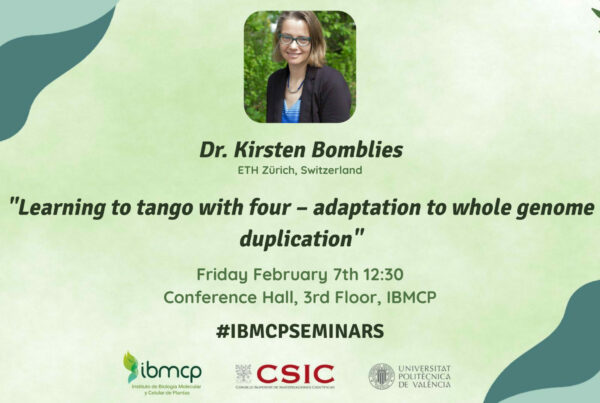The optimal biological range of transition metal nutrient concentrations is very narrow. At low concentrations, key physiological processes fail, and the organism cannot function; at slightly higher ones, metals become toxic, and the organism may die. Plants have become adept at using metal homeostasis to favour beneficial microorganisms and to combat pathogens. Our group is characterizing the metal transport processes involved using as models symbiotic nitrogen fixation in legume root nodules and Arabidopsis pathogen Plectosphaerella cucumerina.
Manuel González-Guerrero is Group Leader at Centro de Biotecnología y Genómica de Plantas (CBGP, UPM-INIA/CSIC) and Associate Professor at Universidad Politécnica de Madrid. After finishing his PhD work at Estación Experimental del Zaidín (CSIC, Granada), he did postdoctoral research at University of Guelph (Canada), Worcester Polytechnic Institute (USA), and the Institute of Plant Physiology and Biochemistry (CNRS, France), the later funded by a Marie Curie fellowship. In 2011, he joined Dr. Juan Imperial’s group at CBGP with a Ramón y Cajal Fellowship. Since 2014 he is leading the group Metal Homeostasis in Plant-Microbe Interactions at CBGP, studying how transition metal elements participate in nitrogen fixation, metal transfer mechanisms to plant endosymbionts (mycorrhizal fungi and rhizobia), and the use of metals in combating plant infections.
“Role of metals in plant-microbe interactions”








